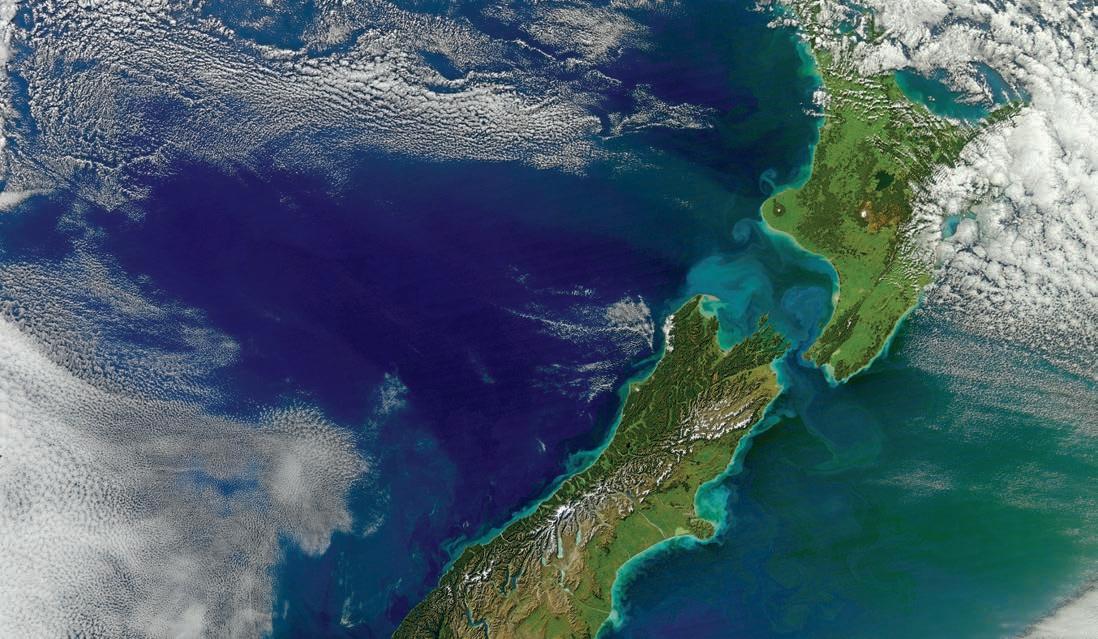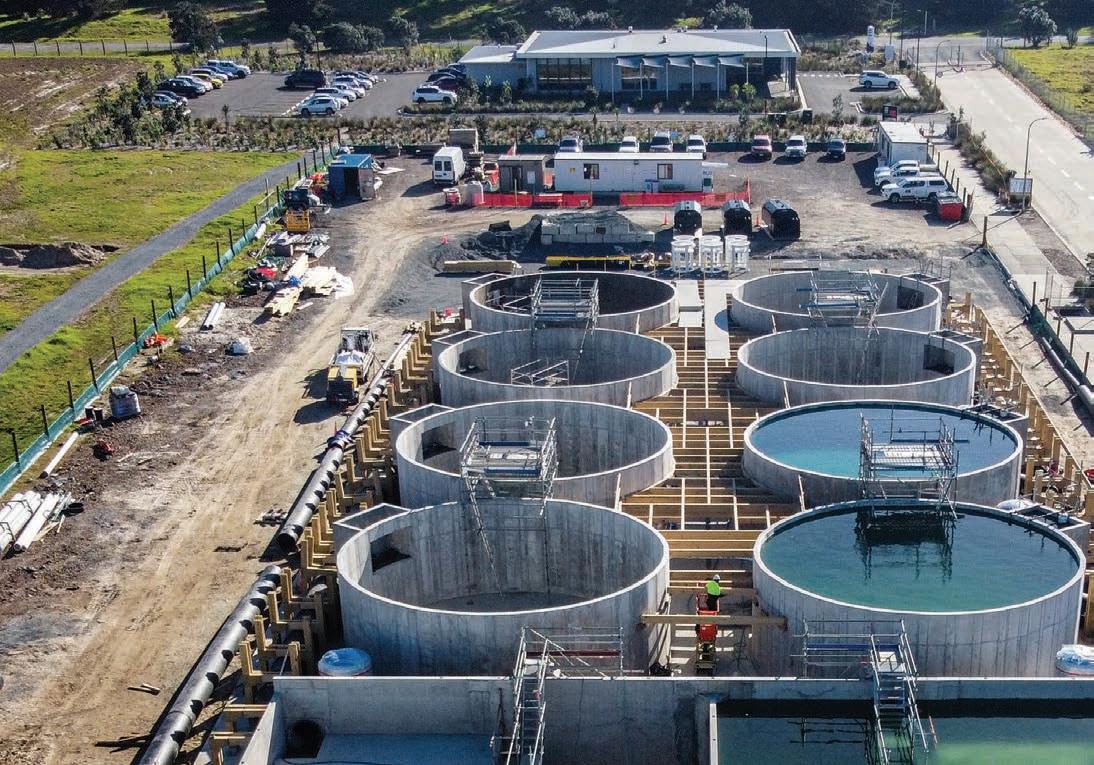
4 minute read
News briefs
SCALING UP
Restaurant diners around the country are set to be the winners as production of farmed premium Haku kingfish is scheduled to increase dramatically at NIWA’s Northland Aquaculture Centre in Ruakākā. About 3 tonnes of the eagerly sought-after Haku kingfish is currently harvested from research tanks at the facility each month, with the fish distributed to selected restaurants around the country. However, treated recycled seawater started flowing last month into eight new commercial-scale tanks which, when fully operational, will produce up to 600 tonnes of harvest fish a year. NIWA has partnered with Northland Regional Council to construct the new complex in a programme to demonstrate the potential for commercialscale, land-based recirculating aquaculture in New Zealand.
Advertisement
SNOW DATA
A new online tool has kept professional and recreational snow watchers up to date during winter. Launched in June, the Snow and Ice Network data feed shows snow conditions along the length of the Southern Alps from the Nelson Lakes to Fiordland. The measurements come from NIWA’s high-altitude weather stations which measure snow depth along with a range of other alpine weather conditions. The plots are updated weekly and show current snow depth in comparison with snow conditions over the past decade. The new measurements are designed to help commercial users like power generators and irrigation specialists as well as the weekend powder warriors.
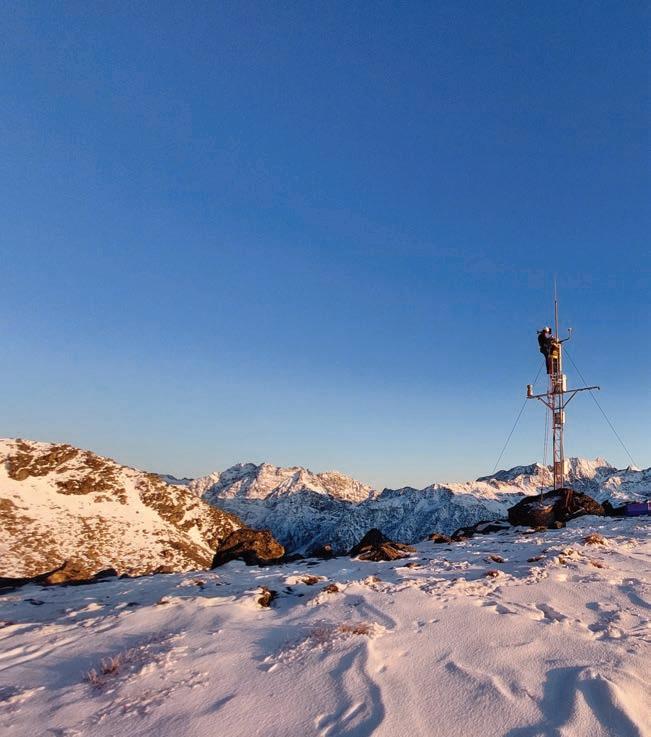
Alec Dempster
DRAGGING THE CHAIN
High-resolution underwater mapping has revealed the scale of potential damage caused by ship anchors around the globe. Marine geologists from NIWA, University of Auckland and Auckland University of Technology used sonar and ship-tracking data to analyse the impact of high-tonnage vessels anchoring outside Picton. They found anchors dragging across the seafloor can displace enough sediment to fill an Olympic-sized swimming pool, scarring the seafloor for years. Scaling their findings up at a global level, the researchers conservatively estimate that maritime anchoring damages at least 6,000km2 of seabed worldwide.

RISK AND REWARD
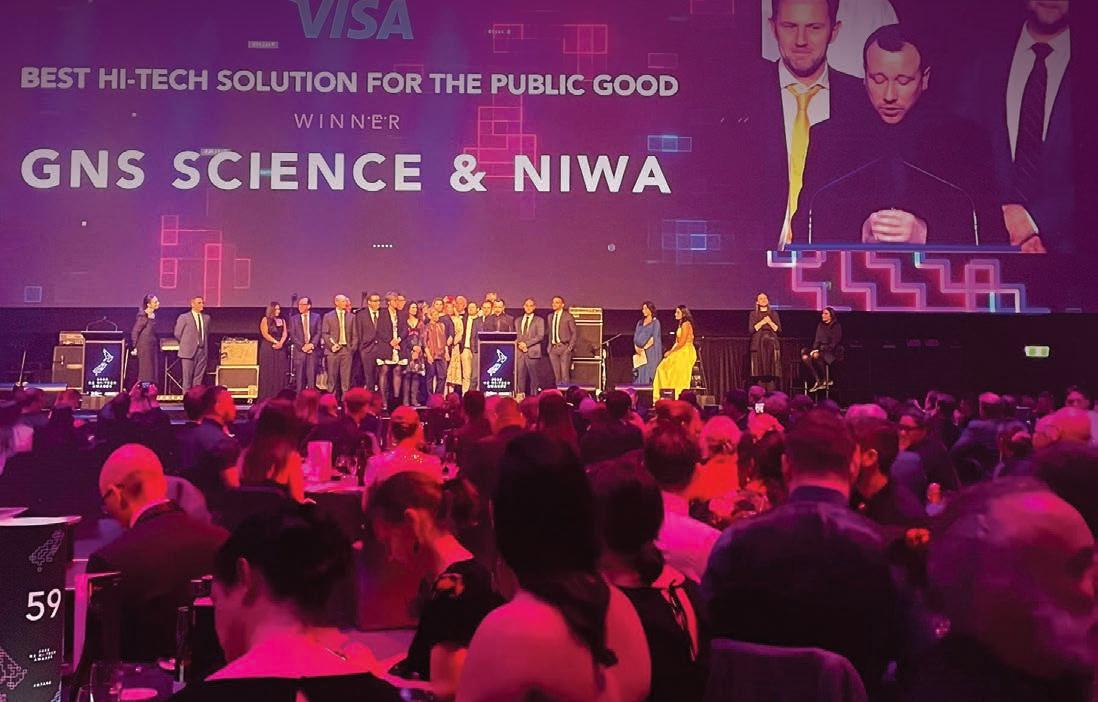
An innovative multi-hazard risk analysis tool developed by NIWA and GNS Science scooped the Public Good Award at the New Zealand Hi-Tech Awards. RiskScape is a flexible, open-source software application that enables users to rapidly work out the dangers and e ects of natural hazard events. It allows planners and decision makers to quickly assess the impacts on people and property of events such as earthquakes, tsunamis and floods. The multi-hazard tool is used by the Earthquake Commission (EQC) to support disaster modelling and reinsurance.
CONSTRUCTED WETLANDS
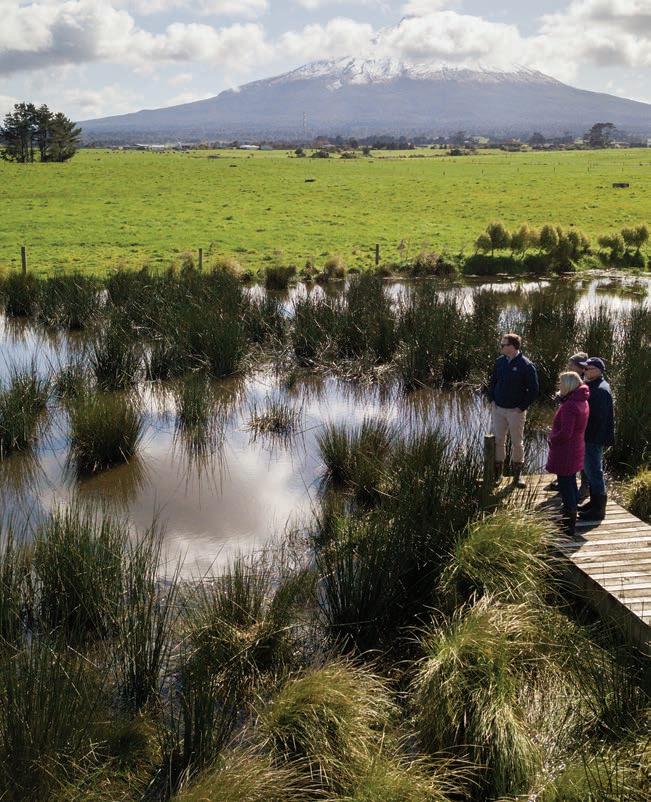
NIWA has released new guidelines for landowners wanting to construct artificial wetlands to improve water run-o quality and biodiversity. Developed in association with DairyNZ and a technical advisory group, the guidelines follow an extensive review of national and international wetland designs. Research shows well-planned and planted wetlands are capable of significantly reducing farm sediment levels and lowering nitrate and contaminant concentrations. Constructed wetlands can also bu er high water flows, reduce downstream flooding and provide habitat for native species.
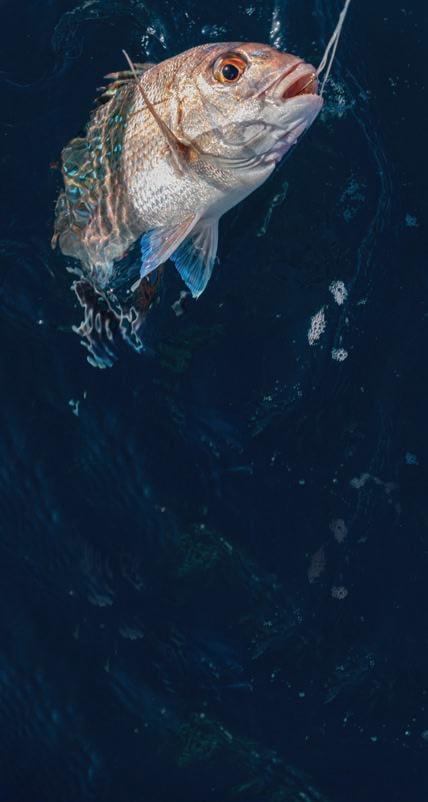
Stuart Mackay
HANGING AROUND
A South Taranaki fisherman was intrigued when he found a tiny metallic tag as he filleted his 5.2kg snapper o the Pātea coast earlier this year. He was even more surprised to discover the tag had been inserted by a NIWA fisheries researcher – in the same week and virtually the same location – 20 years earlier. Tagged as part of a study into fish population movements, the seemingly “stay-at-home” snapper had doubled in weight over the intervening years. However, fisheries scientists say it is highly unlikely the fish had remained in situ for two decades. More likely a case of good timing, with the angler dropping his line as the fish returned inshore on its seasonal migration.
ISLAND OUTREACH
Some of New Zealand’s most remote citizens received a personal introduction into the world of NIWA’s climate research during the recent Chatham Islands Festival of Science. Forecaster and science communicator Nava Fedae joined researchers from more than a dozen mainland science organisations in the week-long outreach event. The festival featured pub talks, school visits and community demonstrations covering a wide range of science disciplines and environmental issues. NIWA’s sessions focused on the impacts of climate change and sea-level rise, along with special screenings of a 360° video focused on climate research in Antarctica.
RAIN, RAIN, AND MORE RAIN
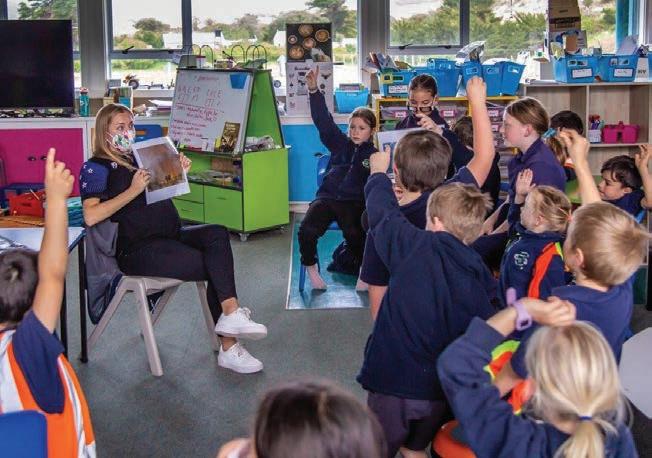
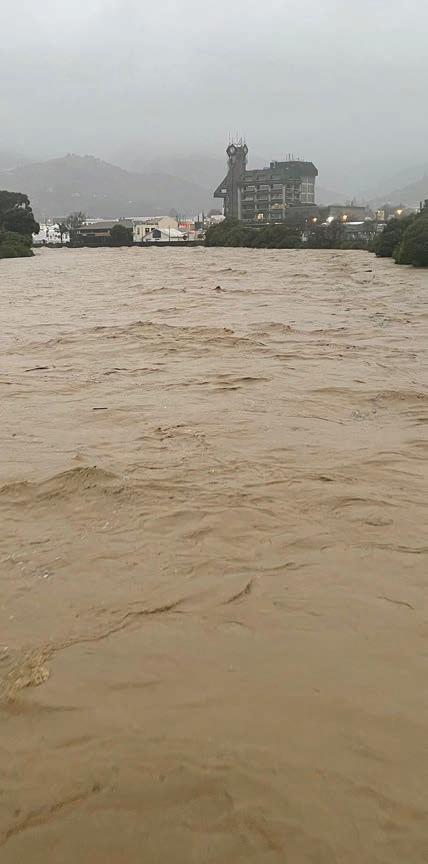
Winter 2022 was both Aotearoa New Zealand’s warmest and wettest on record. Our coastal seas reached new winter highs, helping to push average land temperatures 1.4°C higher during the three months ending in August. This is the country’s third consecutive record warm winter and means that six of the 10 warmest winters on record have occurred since 2013. Persistent extreme rainfall events also brought floods and slips to many regions. An atmospheric river swept into the top of the South Island in August bringing widespread damage to the Tasman region.
EYE IN THE SKY
Researchers are using satellites to track sediment flows and coastal health. The Department of Conservation has commissioned NIWA to analyse nearly 20 years of satellite images to measure changes in the levels of sediment suspended in coastal waters. Mud, silt and microalgae can cause serious issues for estuaries, oceans and aquatic life. Results indicate generally increasing sediment concentrations around the South Island coastline, with decreasing concentrations around the North Island. The work will show which areas to target with future conservation e ort and how conditions change with time.
